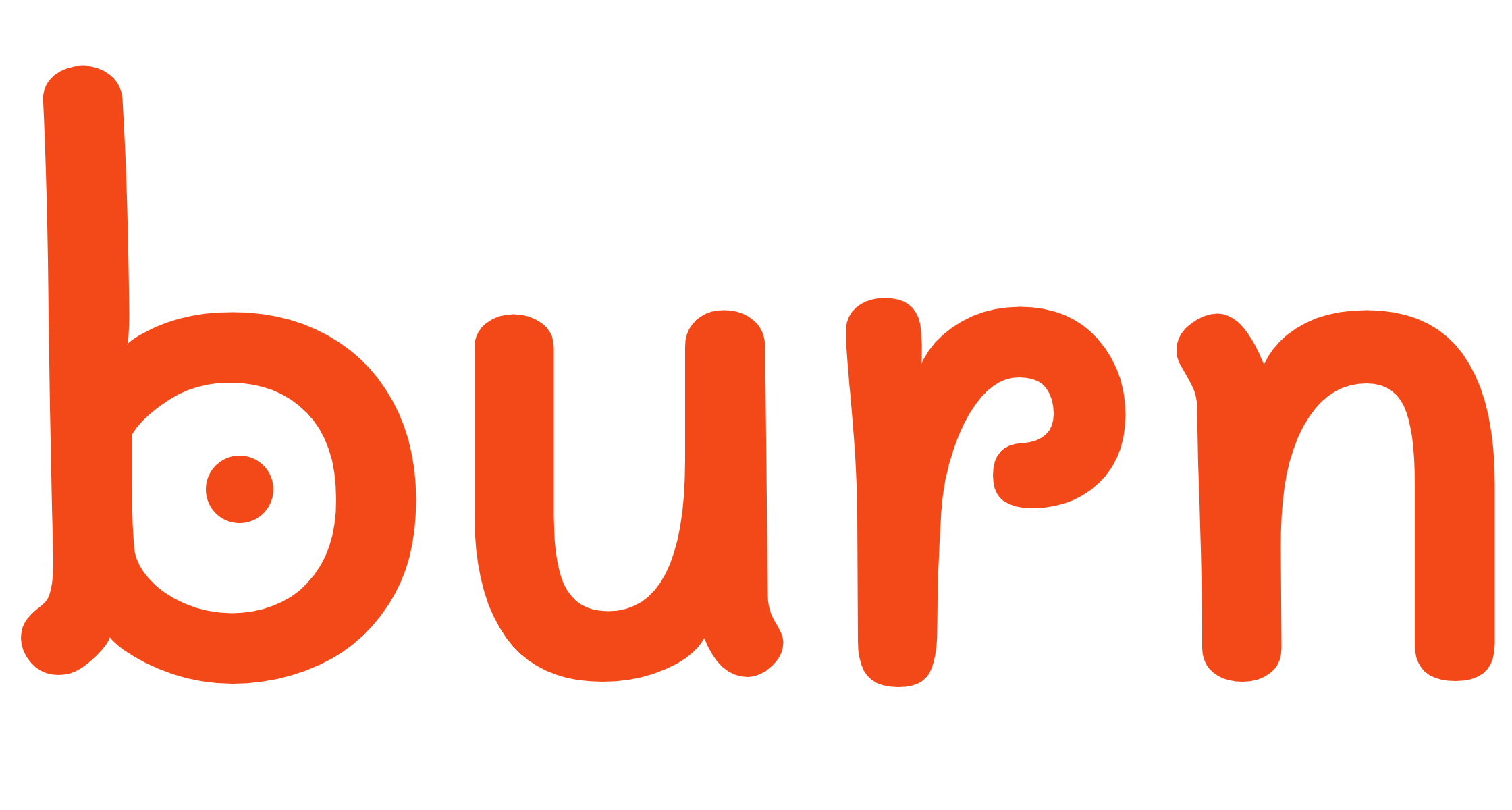
This library aims to be a complete deep learning framework with extreme flexibility written in Rust. The goal would be to satisfy researchers as well as practitioners making it easier to experiment, train and deploy your models.
Sections
- Flexible and intuitive custom neural network module 🔥
- Training with full support for
metric,loggingandcheckpointing📈 - Tensor crate with backends as pluging 🔧
- Dataset crate with multiple utilities and sources 📚
The best way to get started with burn is to clone the repo and play with the examples.
This may also be a good idea to take a look the main components of burn to get a quick overview of the fundamental building blocks.
- MNIST train a model on CPU/GPU using different backends.
- Text Classification train a transformer encoder from scratch on GPU.
Knowing the main components will be of great help when starting playing with burn.
Almost everything is based on the Backend trait, which allows to run tensor operations with different implementations without having to change your code.
A backend does not necessary have autodiff capabilities, the ADBackend trait is there to specify when autodiff is required.
The Tensor struct is at the core of the burn framework.
It takes two generic parameters, the Backend and the number of dimensions D,
Backpropagation is also supported on any backend by making them auto differentiable using a simple decorator.
use burn::tensor::backend::{ADBackend, Backend};
use burn::tensor::{Distribution, Tensor};
use burn_autodiff::ADBackendDecorator;
use burn_ndarray::NdArrayBackend;
use burn_tch::TchBackend;
fn simple_function<B: Backend>() -> Tensor<B, 2> {
let x = Tensor::<B, 2>::random([3, 3], Distribution::Standard);
let y = Tensor::<B, 2>::random([3, 3], Distribution::Standard);
x.matmul(&y)
}
fn simple_function_grads<B: ADBackend>() -> B::Gradients {
let z = simple_function::<B>();
z.backward()
}
fn main() {
let _z = simple_function::<NdArrayBackend<f32>>(); // Compiles
let _z = simple_function::<TchBackend<f32>>(); // Compiles
let _grads = simple_function_grads::<NdArrayBackend<f32>>(); // Doesn't compile
let _grads = simple_function_grads::<TchBackend<f32>>(); // Doesn't compile
type ADNdArrayBackend = ADBackendDecorator<NdArrayBackend<f32>>;
type ADTchBackend = ADBackendDecorator<TchBackend<f32>>;
let _grads = simple_function_grads::<ADNdArrayBackend>(); // Compiles
let _grads = simple_function_grads::<ADTchBackend>(); // Compiles
}The Module derive let your create your own neural network modules similar to PyTorch.
use burn::nn;
use burn::module::{Param, Module};
use burn::tensor::backend::Backend;
#[derive(Module, Debug)]
struct MyModule<B: Backend> {
my_param: Param<nn::Linear<B>>,
repeat: usize,
}Note that only the fields wrapped inside Param are updated during training, and the other ones should implement Clone.
The Config derive lets you define serializable and deserializable configurations or hyper-parameters for your modules or any components.
use burn::config::Config;
#[derive(Config)]
struct MyConfig {
#[config(default = 1.0e-6)]
pub epsilon: usize,
pub dim: usize,
}The derive also adds useful methods to your config.
fn main() {
let config = MyConfig::new(100);
println!("{}", config.epsilon); // 1.0.e-6
println!("{}", config.dim); // 100
let config = MyConfig::new(100).with_epsilon(1.0e-8);
println!("{}", config.epsilon); // 1.0.e-8
}The Learner is the main struct that let you train a neural network with support for logging, metric, checkpointing and more.
In order to create a learner, you must use the LearnerBuilder.
use burn::train::LearnerBuilder;
use burn::train::metric::{AccuracyMetric, LossMetric};
fn main() {
let dataloader_train = ...;
let dataloader_valid = ...;
let model = ...;
let optim = ...;
let learner = LearnerBuilder::new("/tmp/artifact_dir")
.metric_train_plot(AccuracyMetric::new())
.metric_valid_plot(AccuracyMetric::new())
.metric_train(LossMetric::new())
.metric_valid(LossMetric::new())
.with_file_checkpointer::<f32>(2)
.num_epochs(10)
.build(model, optim);
let _model_trained = learner.fit(dataloader_train, dataloader_valid);
}See this example for a real usage.
Burn is distributed under the terms of both the MIT license and the Apache License (Version 2.0). See LICENSE-APACHE and LICENSE-MIT for details. Opening a pull request is assumed to signal agreement with these licensing terms.



